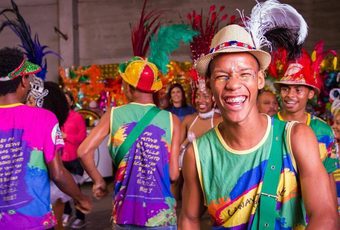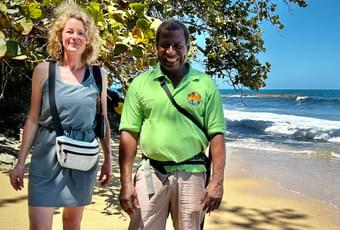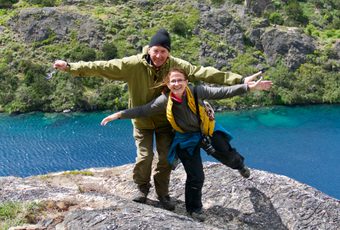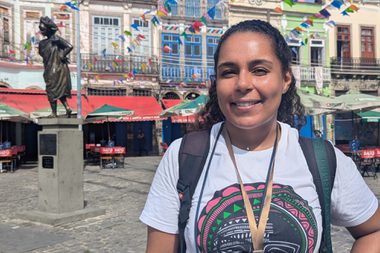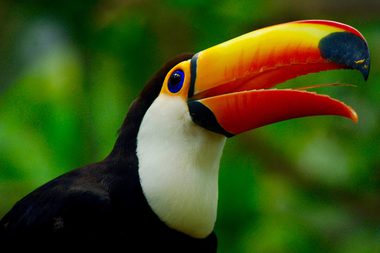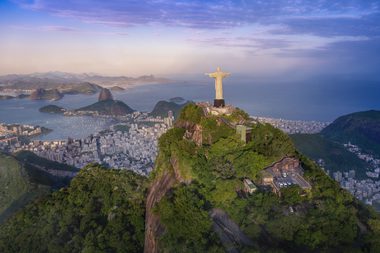Spring in Brazil: September to November
Spring is fantastic for wildlife in particular. Low water levels make it easier to track jaguars in the Pantanal, and to head deeper into the Amazon jungle in search of monkeys, mammals and macaws. To top it off, its Humpback whale season off the coast of Bahia.
Elsewhere, things are slowly transitioning from the cooler, dry and sunnier winter into the hotter, humid and wetter summer. But up and down Brazil you can beat the heat and crowds of the summer right into November...
Rio de Janeiro
September is the driest month in Rio. October brings showers, but rarely anything which bothers your plans. November is getting hotter and more humid, with summer around the corner. Beaches will become busier and livelier as the season goes on, the real heart of the Carioca social scene during the day. It is a fun, yet comfortable time to be in the city.
Temperatures are usually pleasantly warm in September, 24–27°C by day, with lower humidity than summer. You can add a degree or two to those figures for October and the same again for November as a good guide.
We always say April to November is a great window for our immersive overland journeys to Rio & Beyond. So you're still very much in that sweet spot for the Serra do Mar mountains and the Costa Verde beach around Paraty.

Amazon Rainforest
The Amazon follows broadly the same pattern as Rio. September is another month of low water levels - though very hot, the humidity is lower in the dry season. October is still hot (29–33°C) and humidity starts to climb, with more frequent short rains. November gets hotter still (30–34°C), with heavier, more regular downpours. Humidity is high.
The dominant experiences begin to shift with these weather patterns. September is a month for forest trails, mainly terrestrial exploration mixed with boat rides in more established permanent waterways. October is a transition month into the rainy season, which starts in November. Rivers begin to swell, flooded forests start to re-form, and the forest canopy is alive with insects, birds, and amphibians responding to the rains. Wildlife disperses more widely, but the rainforest feels at its most vibrant and dynamic. River journeys become increasingly rewarding.
The Pantanal
For the Amazon above, read the Pantanal here. Spring is a season of change.
September is still dry, and so still great for jaguars and catching the end of the stunning Ipê tree blossom. Caiman and capybara are still easier to spot, whilst birds are more active than ever. Excellent for photography and safaris; mosquitoes are fewer, and access by road is easy.

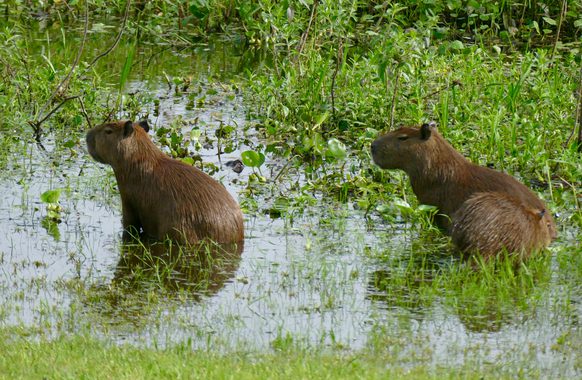
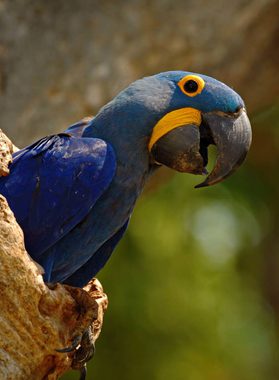
October is a transition month here as well. It's getting hotter, often 30–34°C, with humidity beginning to rise. Occasional storms may break the long dry spell. As the first rains arrive, vegetation starts to green again. Birds are abundant, particularly water birds with their chicks, and wildlife is still relatively easy to see near waterholes before dispersing more widely. It's the last good month for jaguars, at which point the wildlife begins to recede a little. The changing scenery can make for truly spectacular landscapes.
With peak wildlife action ending in the Pantanal, things are getting very hot (32–36°C) in November, with high humidity and the return of heavier rains. Grasslands and forests grow rapidly greener, migratory birds return and reptiles become active as water levels rise. Wildlife disperses, making sightings more scattered than in the dry months. The landscape feels renewed and lush, but access to some lodges or trails may be more difficult as rains intensify.
Salvador & Bahia
Salvador is one of Brazil's best year-round destinations. But spring is a great window to get in before the summer heat and humidity really arrive.
In September, temperatures are typically 27–30°C by day. As a guide, expect that to rise to about 28–31°C in October, with humidity on the rise and a touch more rain. November is hot - 30–33°C - with more frequent short, sharp showers.
This can be a great time to combine the city and the beach, but the real draw at this time of the year is the presence of Humpback whales off the coast of Bahia. Each year, they migrate thousands of kilometres from the cold feeding grounds of the South Atlantic (near Antarctica) to the warm, sheltered waters off Brazil to breed and calve. 90 minutes from Salvador, Praia do Forte has a strong whale-watching tradition.
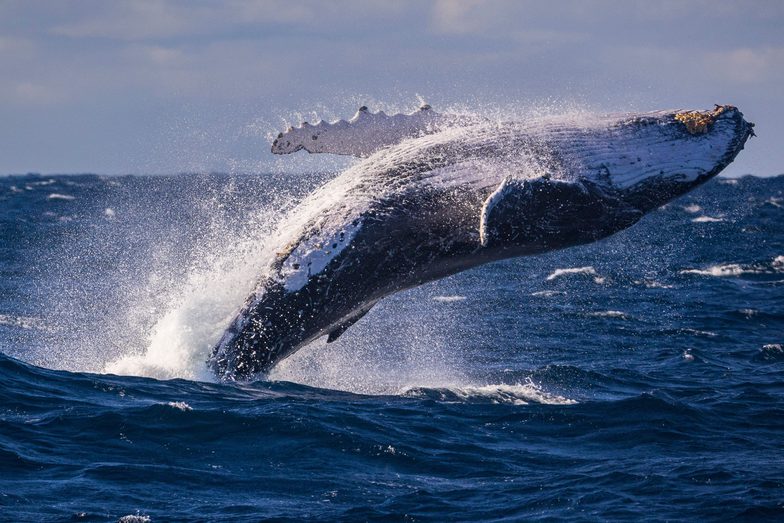
Iguazú Falls
You probably won't be surprised to hear that Iguazú follows the same spring-into-summer transition. The temperature ticks up towards hot/humid, rainfall increases each month and the water levels go up too. In November, the falls at their most spectacular, with high water levels creating immense spray. Some walkways may feel wetter, but accessibility remains good. Birds are increasingly active too, particularly in November. So it's still a green light across the board.
